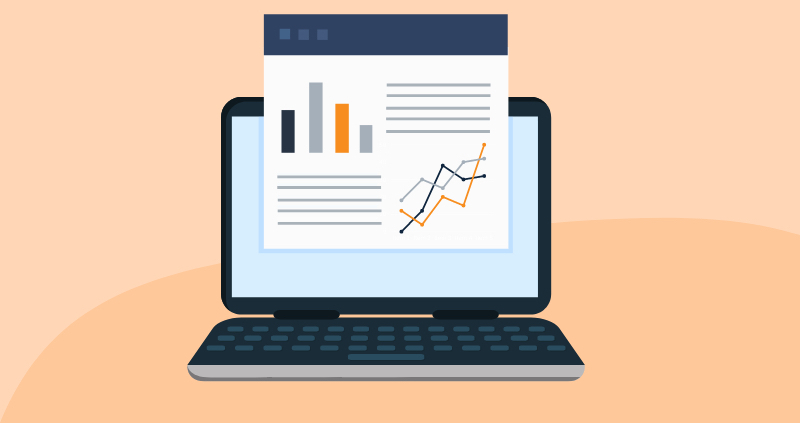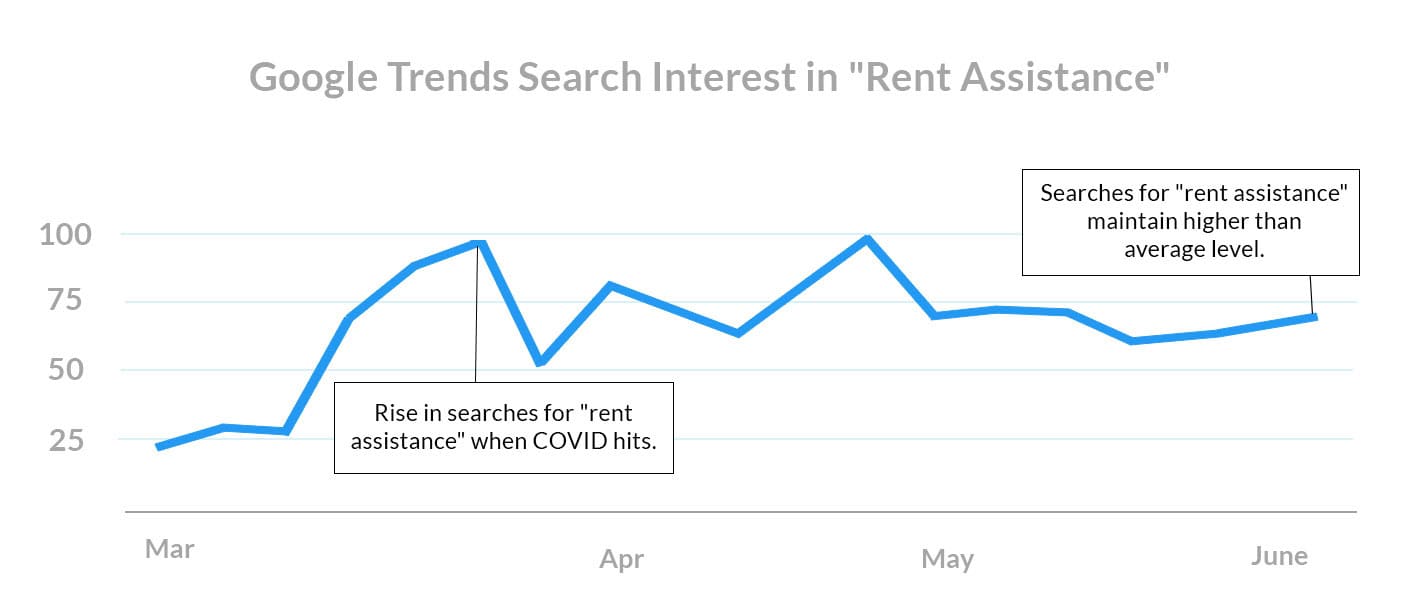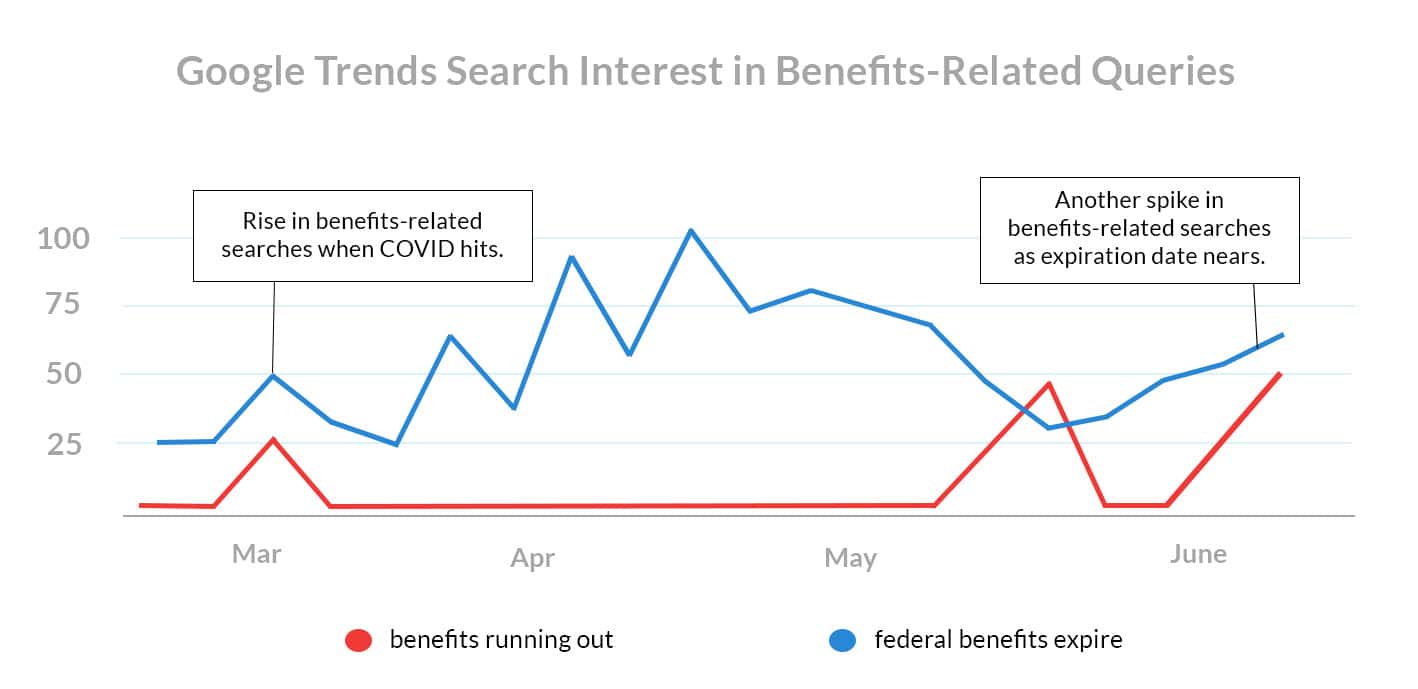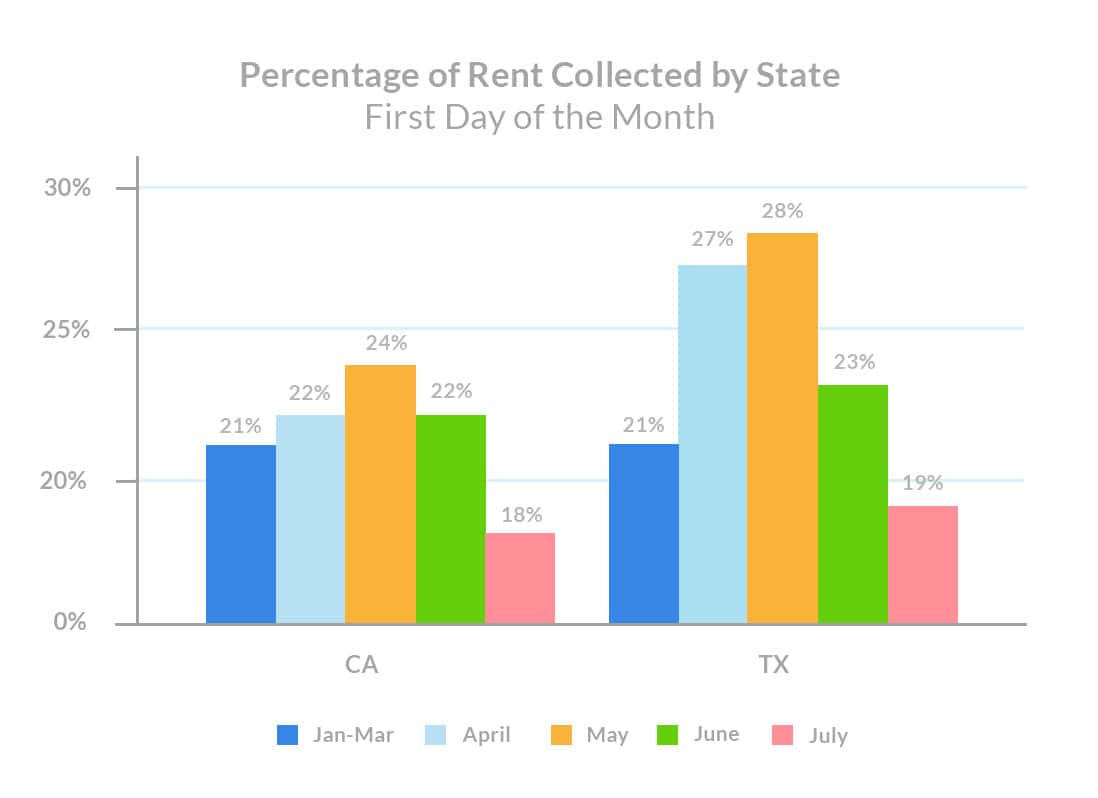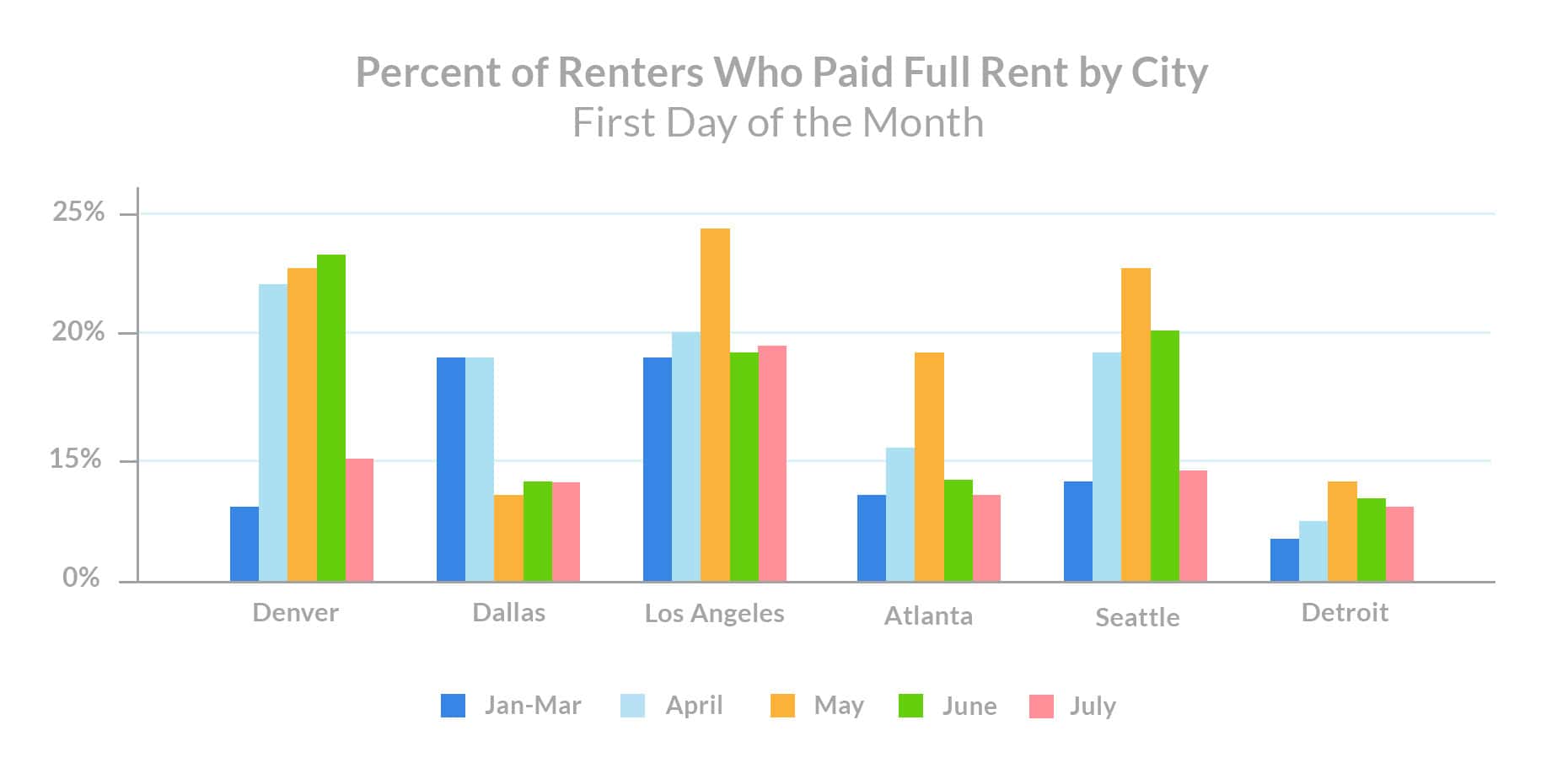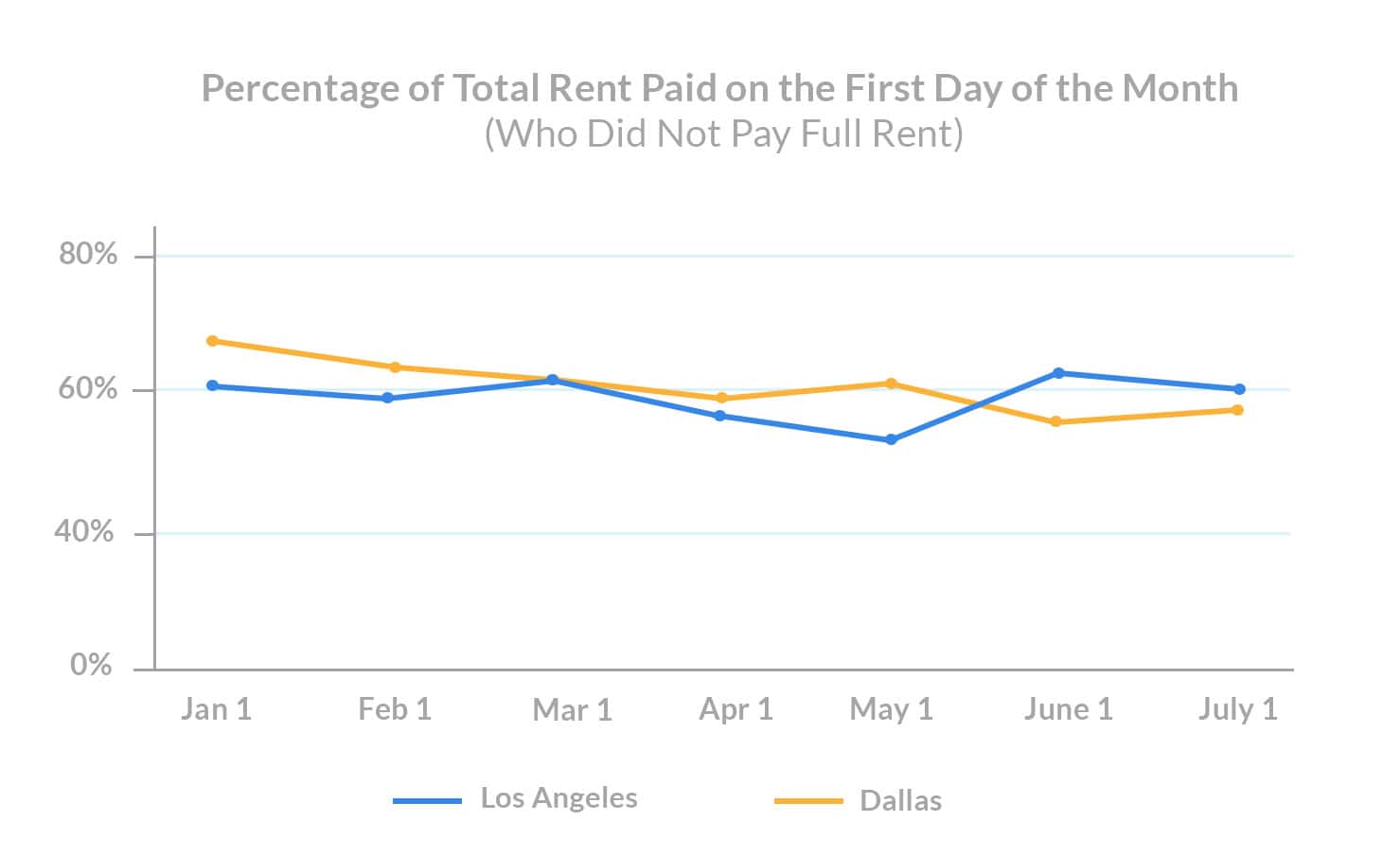July 1st Rent Payments Match Pre-COVID Levels Ahead of Benefits Running Out
- July 1st rent payments return to pre-COVID levels.
- Renters are still seeking rent assistance as federal benefits are set to end at the end of the month.
- California and Texas struggle to recover, and Class C rent payments see bump from June economic boosts.
Circumstances surrounding the pandemic have many wondering: who paid July 1st rent?
As we enter the fourth month since COVID-19 struck, the threat of a resurgent pandemic, strain on the rental housing market, various legislative measures, and uncertain economic conditions have created uncertainty about residents’ ability to pay rent.
While June showed promising signs of a return to normalcy and economic recovery, July has brought less optimism. Some businesses are being forced to shutter again, the unemployment rate is still at an historically high level, legislators are reimplementing stay-at-home orders, federal benefits end later this month, emergency funding is largely depleted, and eviction moratoriums continue to expire.
We’ve been tracking rent payment behavior against the backdrop of the coronavirus pandemic to gauge how America’s renters are holding up. Initially, June rent payments leveled off by mid-month alongside a pickup in leasing activity. Class C rent payments remained low overall but stabilized—likely due to the reopening of businesses and a lift in employment. Although uncertainty remains around key assistance programs such as bolstered federal unemployment benefits and comprehensive rent assistance, first-day July rent payment behavior has proven to hold steady for now.
With Benefits Through End of Month, Residents Are Paying July Rent
The US appeared to be in recovery mode in June, with the unemployment rate slowing from 13% in May to 11% in June and coronavirus restrictions lightening up. June rent payments also rebounded toward the end of the month. In addition, July 1 rent payments have kept in line with the pre-COVID average at 18%. Bolstered unemployment benefits and a boost in economic activity are likely contributing factors to enabling residents to pay July rent.
But with federal benefits set to expire at the end of July, it’s probable that we’ll see negative movement after they run out. It’s increasingly critical that residents have access to federal and state funding to maintain financial stability—including the ability to pay rent.
Rent Assistance Remains Top-of-Mind As Federal Benefits Expire in July
Unemployment continues to be a primary stressor, but renters have largely prioritized paying rent. That said, renters continue to show strong interest in rent assistance—searches in “rent assistance” more than doubled in May and have continued to hold above the normal range, again suggesting concerns about rent affordability.
The steady interest in rent assistance also coincides with an uptick in searches around federal benefits heading into July—the month in which benefits will expire along with many eviction moratoriums.
This further stresses the importance of protecting the stability of the rental housing industry by providing emergency rent assistance.
Class C Rent Payments Level Out As Economies Recover in June
Last month, rent payments at Class C properties showed signs of financial strain. Typically working class residents, these renters were affected early on by the influx of service industry lay-offs. However, with many businesses reopening in June, it appears Class C has made somewhat of a recovery.
After declining for the last few months, Class C properties saw a 1 percentage point gain in first-of-the-month rent payments compared to the pre-COVID average.
It will be interesting to track the performance of Class C properties next month, after federal benefits run out and the re-closing of businesses potentially remain the new reality.
Texas and California Fail to Recover Amid Second Round of Shutdowns
Texas and California are two states where rent payment behavior has yet to recover to pre-COVID levels. As COVID-19 cases surge in both states, residents are facing a re-shutdown that has likely stalled upward movement in rent payments.
Zooming into Dallas, we see a similar trend in which full rent payments made on July 1st have still not recovered to the 3-month average of 18%, but have stayed at 13% since June. Los Angeles, on the other hand, has shown a slight boost in full rent payments—from 18% pre-COVID to 19% in July.
Among partial rent payers, payment data also reveals that Los Angeles is stabilizing while Dallas struggles. The percentage of rent paid on the first of the month in Los Angeles has hovered around 60%—slightly higher than before COVID. Dallas saw a small bump month-over-month, but the amount of rent paid on the first day has held below pre-COVID levels, suggesting that Dallas renters who are struggling to make full payments continue to require assistance as the pandemic wears on.
What’s In Store for Multifamily This Summer?
Multifamily will continue to be put to the test as COVID-19 resurges and the US economy struggles to regain its footing. While July shows no obvious signs of distress and peak leasing season resumes, renters face an uncertain future as federal benefits edge toward expiration. Renters will continue to pursue rent assistance, but as it stands, the financial relief currently available to multifamily is insufficient.
This means apartment operators will need to continue supporting their residents, as well as fight to get the Senate to pass the $100 billion rent relief bill and other industry legislation aimed at helping renters and housing providers.
Check back next week for our rent payment analysis on the July grace period (traditionally the first five days of the month).
Important statistical note: Despite the measured payment fluctuations based on the sample set, the variance is within normal statistical range. In other words, the changes are not necessarily significant enough to attribute specifically to COVID-19 versus normal fluctuations expected across the data set. Please reference full Methodology below.
Methodology
Rent payment data is actual transactional data sourced from integrations with property management systems in the multifamily industry.
Analysis includes a 105,070 unit sample from 1,029,428 live units under management by LeaseLock clients. Data is nationwide, representing over half of the NMHC Top 10 property managers in the country and all asset classes (A, B and C). Asset class composition: class A (36%), class B (55%) class C (9%).
All data has been anonymized to remove personally identifiable information for renters and property managers.
